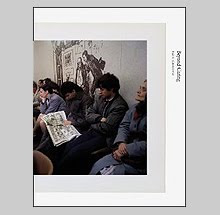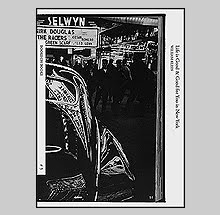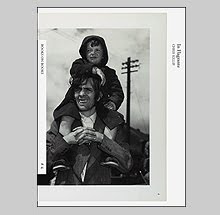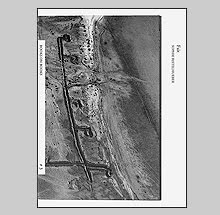Bettie Kline by Richard Prince

In the past twenty-five years I have never looked at one of Franz Kline's paintings and thought, "That might be Bettie Page's vagina." Never happened. Robert Motherwell maybe, but Kline? Richard Prince has a new artist book called Bettie Kline and the content may shift the way you look at Kline's works forevermore.
In the 1950s Irving Klaw had his infamous studio at 212 East 14th street which churned out pin-up photos and stag films featuring his most popular model Bettie Page. I lived for a time on the second floor of 212 in the loft which many of those films and photos were taken and the door of the then uninhabited first floor still had a large decal announcing Klaw's "storefront." I knew of the history but I didn't know that Franz Kline had lived for half a decade in the loft above the one I shared. According to this book, Kline would use many of Klaw's models as figure studies and Page would become Kline's favorite muse - apparently he was head over spiked heels for her.
This book brings together a few dozen of the hundreds of pen and ink sketches Kline produced set aside photographs of Page that were popular wares from Klaw. In retrospect it all makes complete sense. Page's bangs, black garters and bondage gear contrasting with her flash burnt white skin become obvious mash-ups of light and dark that Kline responded to with further abstraction.
Seemingly less a sensual response to body, it is the taught contraptions and ropes which bound Page into contorted poses - the "push and pull" of tension-filled line - that Kline put to paper. In a few, his sketches take on her curvy body with less abstract approach but these are less interesting visually. His strength is when the artist/inspiration relationship is kept secret - a subliminal nod to the calendar girl in large swaths of roughly applied black and grey.
Published by the Gagosian gallery, Bettie Kline is a beautiful book. Exquisitely produced, it is printed as a series of images stuck to the page with cellophane tape. The text, in the form of a typed letter that came out of a letter dropping Olivetti, gives us the history which reads as fact, but the book retains the feeling of a constructed reality where fiction is still a lingering possibility.











